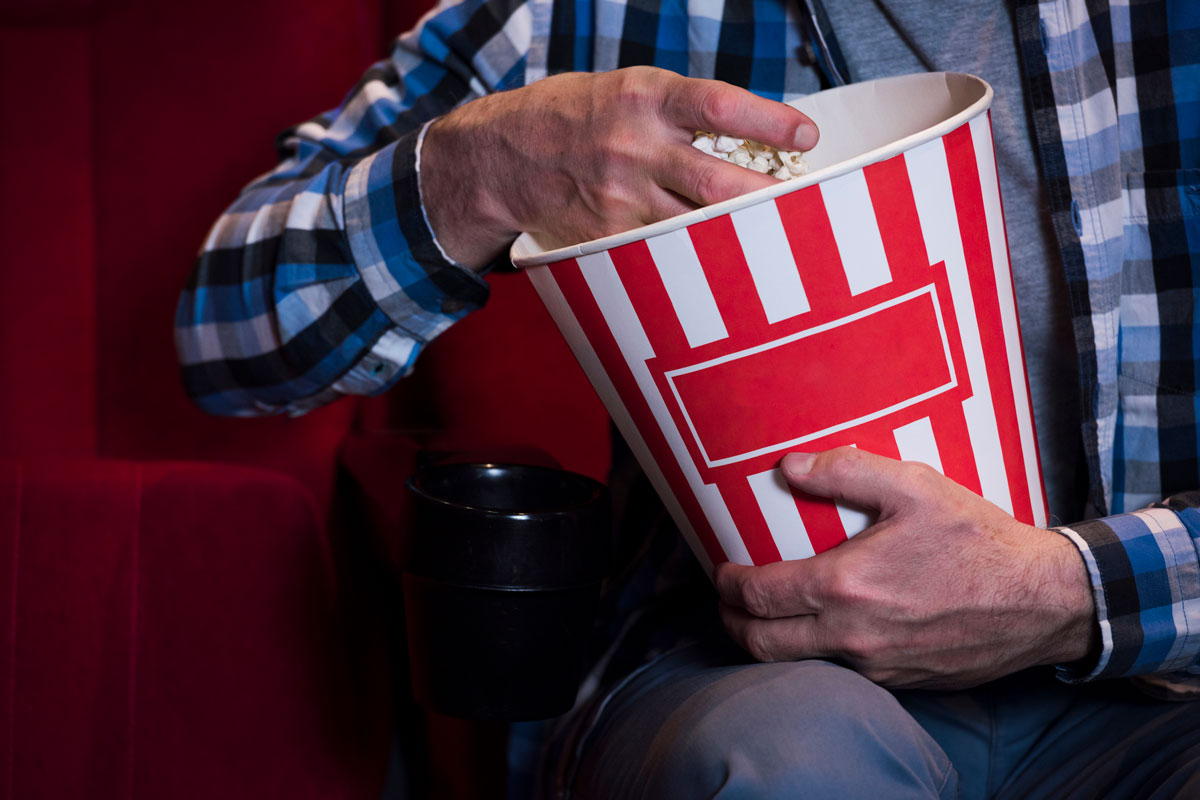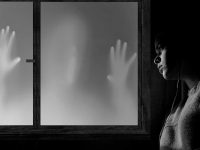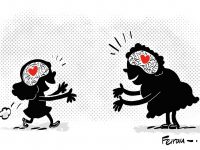
CARMEN AGUSTÍN-PAVÓN answers:
At the beginning of the twentieth century, the idea of a «cinema theatre with smells» began to emerge: in 1916, before the arrival of sound films, the first screening of images with smells took place in a theatre in Forest City, Pennsylvania, where they placed a cotton ball soaked in rose oil in front of a fan during a report about the Rose Bowl, a football stadium whose name refers to a bowl of roses. In 1929, a New York venue created a system to perfume the room from the ceiling during the screening of The Broadway melody and, in fact, doing something similar was considered for Walt Disney’s movie Fantasia, released in 1940. Later, a Detroit theatre used several scents in certain key points during the screenings of The sea hawk and Boom town and, in 1959, during the screening of the film Behind the great wall, perfumes were issued by the ventilation system.
Hans Laube devised a technique called Smell-O-Vision, based on individual tubes that the projectionist controlled with a keyboard, but it was only used once, in the 1960 film Scent of mystery, produced by Mike Todd, Jr.
Despite of the numerous attempts to include smells in the films, these ended up not working, mainly because the size of the rooms, which caused smells to be lost or not give the desired effect at the appropriate moment.
The problem is that our sense of smell does not work like hearing or sight; the smell projection remains for a while in the environment and our sense of smell becomes accustomed to a scent after about 5 minutes, so the environment would saturate more and more so it could last.
There are devices called olfactometers that consist of a mask with a good ventilation system to retain or extract a specific smell as quickly and accurately as possible. These devices are currently used for odor-related experiments with human volunteers or laboratory animals, but it is a rather expensive kind of material.
Currently, smells are being researched as a way to attract customers in the case of supermarkets, hotels, airports, etc. to increase sales, but playing it during the screening of a movie is much harder to manipulate, and seems unprofitable. Even so, it should be noted that, in January 2013, the engineer Raúl Porcar developed, together with the Polytechnic University of Valencia, a new technology to introduce smell into films: OloramaTM, which allows to record the smell of a scene and subsequently reproduce the film and emit the corresponding odor, so that a controlled emission is carried out synchronously with the scenes of a movie, advertisement, or audiovisual content.
Carmen Agustín-Pavón is an expert in Neuroscience and Professor in the Department of Cell Biology, Functional Biology and Physical Anthropology at the University of Valencia.
«Mètode’s whys and wherefores» is a science consultory where the readers send their scientific questions and an expert answers them. You can send your question in https://perques.metode.cat. Among all those we receive until 10 December 2019 will participate in a draw to win a selection of Mètode publications.





